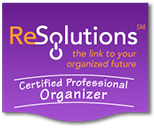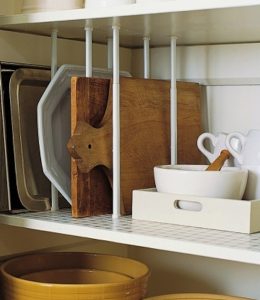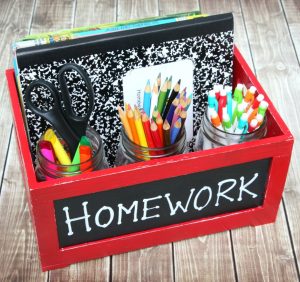I’m excited to introduce a new series of blog posts called “Reset Day”! This series is dedicated to helping you “reset” an area of your life so you can effectively reignite and move forward more efficiently.
Today we’re talking about how to get your kids to regularly do their chores. I’m reminded of the phrase I heard (often!) as a kid, “Have you cleaned your room yet?” How many times did you hear that growing up and how many times are you saying these words now?
Children’s bedrooms can get out of control. Organization is oh-so important in helping your children maintain some sort of order in their chaotic lives. If your children aren’t regularly cleaning and organizing their rooms, hit “reset”!
We know how to clean and organize a room, but that doesn’t mean they do. Work together to show them what chores you expect from them each day. As a Boston professional organizer, some of my clients have done this and they are so happy they took the time to show their children what was expected of them. Some of my clients, have taken photos of what a clean, organized room should look like to help their children see what the end result will be.
By setting expectations and putting these routines in place, you will be happier. Your children will also learn the importance of cleaning and organizing their own room, which will pave the way for a valuable lifelong lesson.
Photo: Yay!

 Join My Email List
Join My Email List









